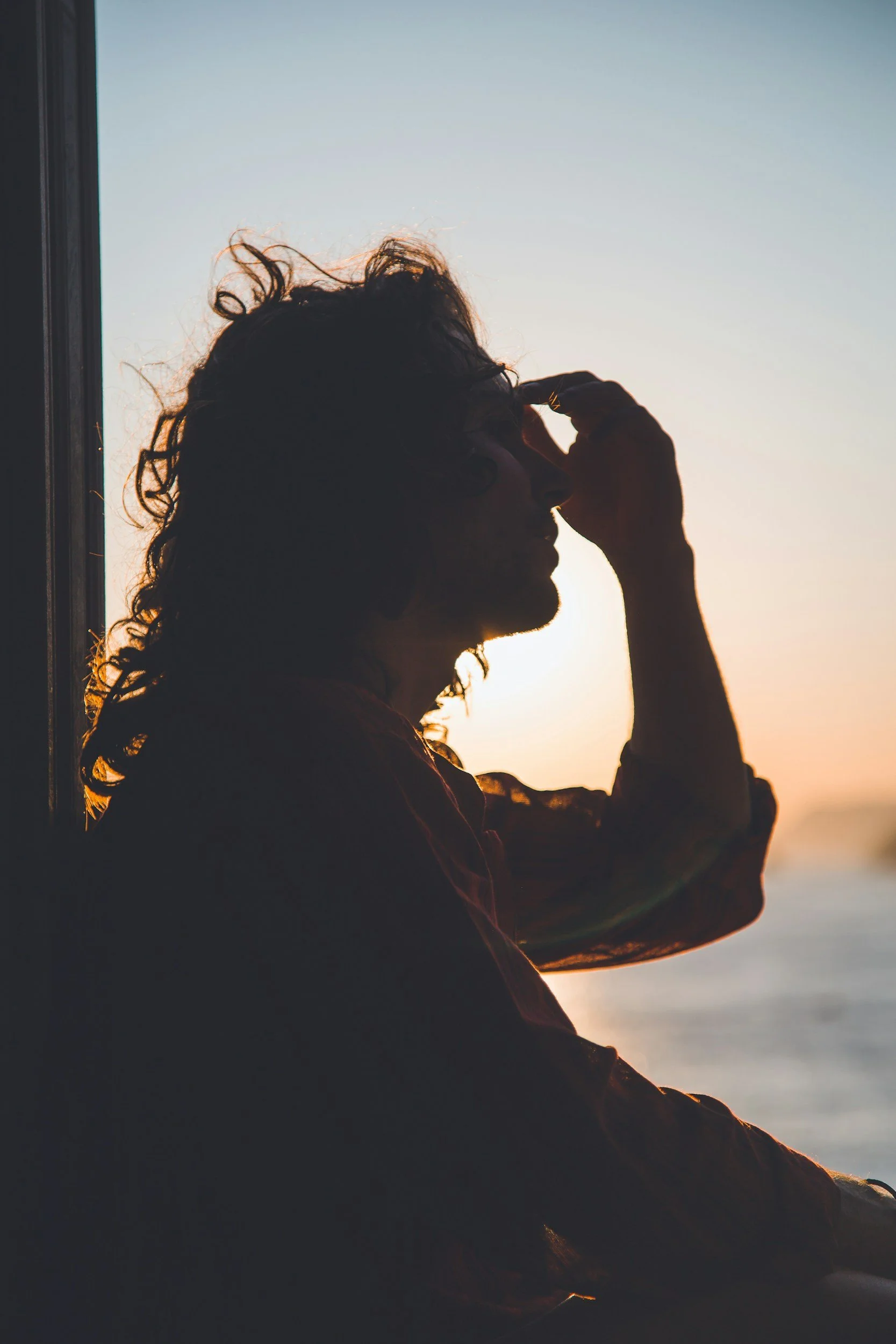Decreased Sunlight: Navigating Seasonal Changes with Homeopathy
Explore how homeopathy and mindful lifestyle choices can support emotional and physical well-being during the darker months of the year.
Depression in Women: A Homeopathic Perspective on Healing
Women experience depression in deeply personal ways—homeopathy honors that individuality and supports healing from within.
Molluscum Contagiosum: Natural Support for Lasting Recovery
Homeopathy offers a gentle, natural way to treat molluscum contagiosum, helping the body heal without irritation or invasive procedures.
Polycystic Ovary Syndrome: Natural Support With Homeopathy
Homeopathy offers individualized care for women with PCOS, aiming to address hormonal imbalances and alleviate symptoms through personalized remedies.
Trigeminal Neuralgia: Gentle Relief With Homeopathy
Homeopathy offers a personalized, holistic approach to managing trigeminal neuralgia, aiming to reduce the frequency and intensity of painful episodes through individualized remedies.
Pregnancy: Natural Support for Mother and Baby
Homeopathy offers natural support for easing common pregnancy discomforts and promoting balance for mother and baby.
Perimenopause: A Homeopathic Approach
Homeopathy offers a gentle, individualized path to ease perimenopausal symptoms, supporting women through this transitional phase with holistic care.
Migraines: A Homeopathic Perspective
Homeopathy provides individualized care for migraine sufferers, aiming to address the root causes and offer lasting relief through personalized remedies.
Hay Fever: Natural Relief through Homeopathy
Homeopathy offers a natural, personalized way to relieve hay fever symptoms like sneezing, itchy eyes, and nasal congestion.
Embracing Integrated Healthcare: Insights from HRH The Prince of Wales
HRH The Prince of Wales advocates for a holistic approach to healthcare.










